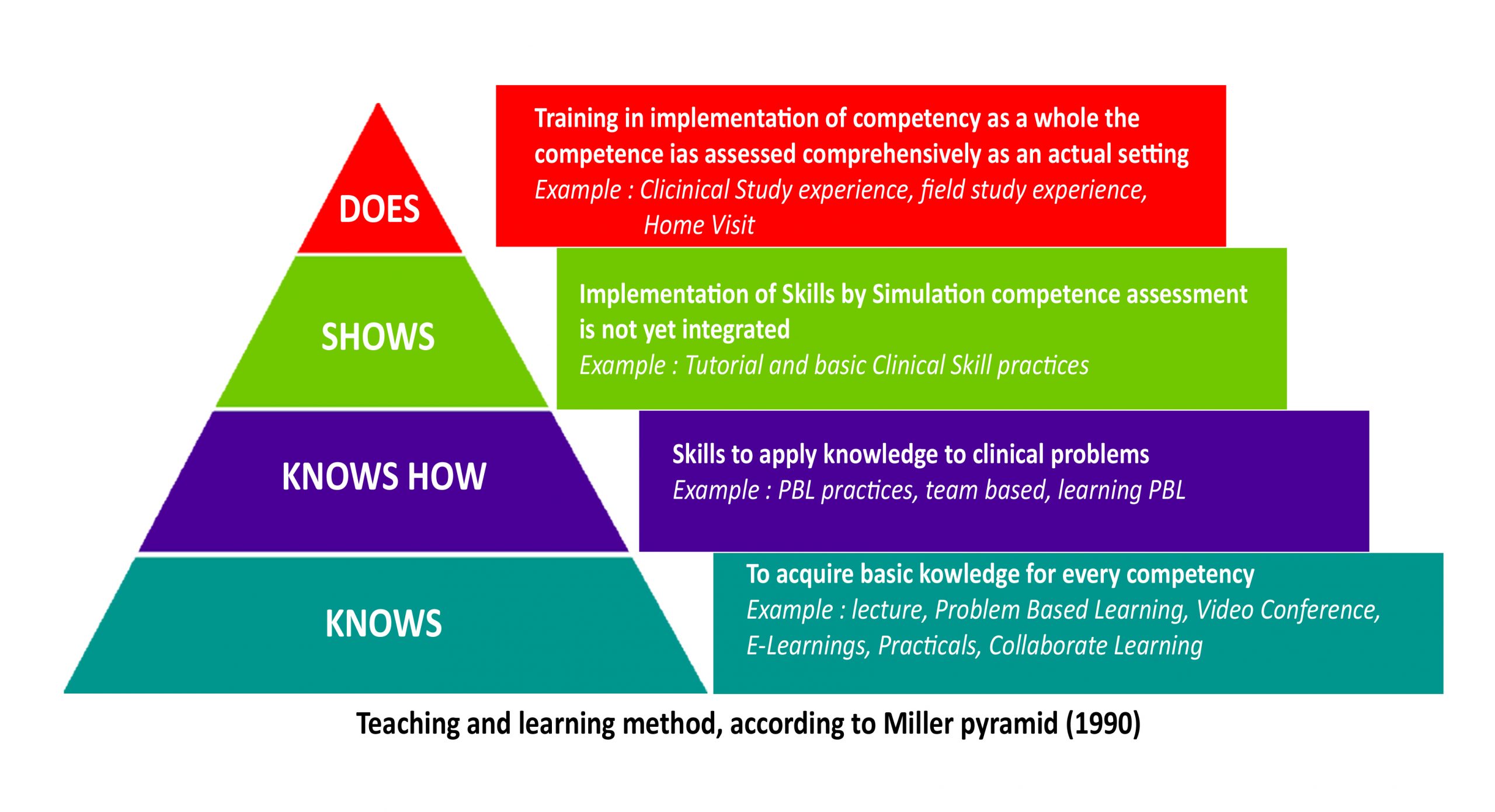Causes of Health Disparities
(Causes of Health Disparities)
Health ed
What are health disparities and what are some of the causes of these health disparities? Expalin in detail some of the causes.
Remember to include your references at the bottom of the page.
Health disparities refer to preventable differences in health outcomes and access to healthcare services among various population groups. These disparities are often observed across dimensions such as race, ethnicity, socioeconomic status, gender, geographic location, and education level. They manifest in various forms, including higher rates of disease incidence, increased mortality, and reduced access to quality healthcare services among disadvantaged groups.
Health Disparities and Their Causes
Health disparities refer to preventable differences in health outcomes and access to healthcare services that exist among various population groups. These disparities are often seen in morbidity, mortality, disease prevalence, and overall health status. They disproportionately affect racial and ethnic minorities, low-income populations, and other socially disadvantaged groups (CDC, 2020).
Socioeconomic Status (SES)
One of the most significant contributors to health disparities is socioeconomic status, which includes income, education level, and occupation. Lower SES is associated with limited access to healthcare, poor living conditions, and higher exposure to environmental health risks. Individuals with lower income may struggle to afford healthy food, safe housing, and medical services, leading to worse health outcomes (Braveman et al., 2017).
Racism and Discrimination
Structural racism and implicit bias within the healthcare system contribute to disparities in health outcomes. Studies have shown that racial and ethnic minorities often receive lower-quality care, face longer wait times, and experience discrimination in medical settings. Implicit bias among healthcare providers can result in misdiagnosis, undertreatment, or delayed treatment, exacerbating health inequities (Bailey et al., 2017).
Lack of Access to Healthcare
Geographic location, financial barriers, and a shortage of healthcare professionals in certain areas contribute to limited access to care. Rural populations, for example, often face long travel distances to medical facilities, while uninsured individuals may delay seeking care due to high costs. Preventive services, which are critical for managing chronic diseases, are less accessible to underserved communities (National Academies of Sciences, Engineering, and Medicine, 2017).
Environmental and Neighborhood Factors
The social determinants of health include factors like housing quality, air and water pollution, and neighborhood safety. Communities with high poverty rates often lack access to grocery stores with fresh produce, have higher crime rates, and face greater exposure to environmental hazards, such as industrial pollution and poor sanitation. These conditions contribute to chronic illnesses like asthma, obesity, and cardiovascular disease (Williams et al., 2019).
Education and Health Literacy
Health literacy, or the ability to obtain, understand, and use health information, plays a crucial role in disease prevention and management. Individuals with lower education levels may struggle to navigate the healthcare system, understand prescription instructions, or recognize early signs of illness. Limited health literacy can lead to poor medication adherence, higher hospitalization rates, and lower engagement in preventive care (Berkman et al., 2011).
Cultural and Linguistic Barriers
Language barriers can prevent individuals from effectively communicating with healthcare providers, leading to misunderstandings about diagnoses, treatments, and medications. Cultural differences in health beliefs and practices may also result in hesitancy toward medical interventions, such as vaccinations or mental health treatments. Culturally competent care is essential to reducing these disparities (Flores, 2016).
Conclusion
Addressing health disparities requires a multi-faceted approach, including policy changes, community-based interventions, and improvements in healthcare access and quality. Efforts such as expanding insurance coverage, increasing diversity in the healthcare workforce, and promoting social determinants of health initiatives can help reduce these gaps and improve overall health equity.
References
Bailey, Z. D., Krieger, N., Agénor, M., Graves, J., Linos, N., & Bassett, M. T. (2017). Structural racism and health inequities in the USA: Evidence and interventions. The Lancet, 389(10077), 1453-1463. https://doi.org/10.1016/S0140-6736(17)30569-X
Berkman, N. D., Sheridan, S. L., Donahue, K. E., Halpern, D. J., & Crotty, K. (2011). Low health literacy and health outcomes: An updated systematic review. Annals of Internal Medicine, 155(2), 97-107. https://doi.org/10.7326/0003-4819-155-2-201107190-00005
Braveman, P., Egerter, S., & Williams, D. R. (2017). The social determinants of health: Coming of age. Annual Review of Public Health, 32(1), 381-398. https://doi.org/10.1146/annurev-publhealth-031811-124603
Centers for Disease Control and Prevention (CDC). (2020). Health disparities: Definitions and examples. U.S. Department of Health & Human Services. https://www.cdc.gov/
Flores, G. (2016). Language barriers to health care in the United States. The New England Journal of Medicine, 355(3), 229-231. https://doi.org/10.1056/NEJMp058316
National Academies of Sciences, Engineering, and Medicine. (2017). Communities in action: Pathways to health equity. The National Academies Press. https://doi.org/10.17226/24624
Williams, D. R., Lawrence, J. A., & Davis, B. A. (2019). Racism and health: Evidence and needed research. Annual Review of Public Health, 40, 105-125. https://doi.org/10.1146/annurev-publhealth-040218-043750
Do you need a similar assignment done for you from scratch? Order now!
Use Discount Code "Newclient" for a 15% Discount!




